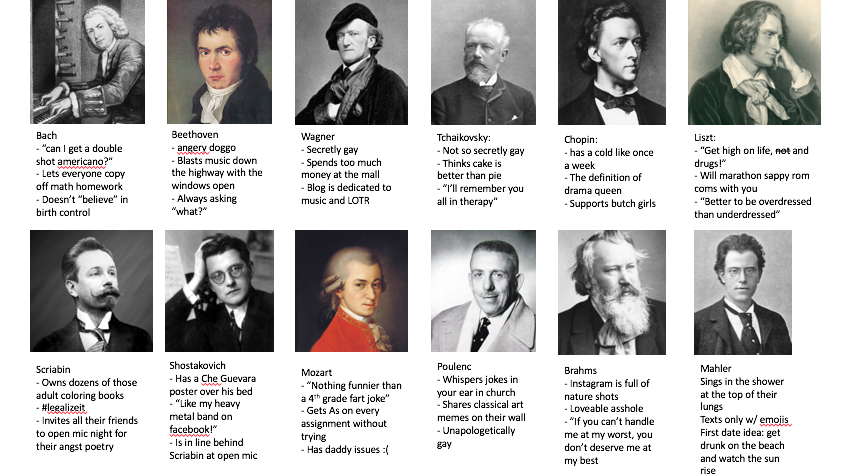

That’s our quarter note, and it gets one beat. Start with a closed note head with a stem. Whether a note head is filled or open shows us the note’s value, or how long that note should be held. Now that you know the parts to each note, we’ll take a closer look at those filled and open note heads discussed above. We’ll see below how a single flag shortens the note’s duration, while multiple flags can make it shorter still. Its purpose is to tell you how long to hold a note. The note flag is a curvy mark to the right of the note stem. As a rule, any notes at or above the “B” line on the staff have downward pointing stems, those notes below the “B” line have upward pointing stems. The direction of the line doesn’t affect how you play the note but serves to make the notes easier to read while allowing them to fit neatly on the staff. The line extends from the right if pointing upward or from the left if pointing downward. The note stem is a thin line that extends either up or down from the note head. In that case, a line (known as a ledger line) is drawn through the note, above the note or below the note head, to indicate the note letter to play, as in the B and C notes above. Sometimes, note heads will sit above or below the five lines and four spaces of a staff. Where the note head sits on the staff (either on a line or space) determines which note you will play.

There are three parts of each note, the note head, the stem, and the flag.Īll music notes have a note head, either filled (black) or open (white). Notes placed on the staff tell us which note letter to play on our instrument and how long to play it. Lower notes on your keyboard also are notated in the bass clef.Ī common mnemonic to remember note names for the lines of the bass clef is: GBDFA “Good Boys Do Fine Always.” And for the spaces: ACEG, “All Cows Eat Grass.” Sheet Music Symbols and Notes on a Staff The bass clef notates the lower registers of music, so if your instrument has a lower pitch, such as a bassoon, tuba, or cello, your sheet music is written in the bass clef. The line between the two bass clef dots is the “F” line on the bass clef staff, and it’s also referred to as the F clef. For lines, we remember EGBDF by the word cue “Every Good Boy Does Fine.” Similarly, for the spaces, FACE is just like the word “face.” Bass Clef We use common mnemonics to remember the note names for the lines and spaces of the treble clef. Higher notes on a keyboard also are notated on the treble clef. The treble clef notates the higher registers of music, so if your instrument has a higher pitch, such as a flute, violin, or saxophone, your sheet music is written in the treble clef. The G’s inner swoop encircles the “G” line on the staff. The treble clef has the ornamental letter G on the far left side. There are two main clefs with which to familiarize yourself the first is a treble clef. Sheet music notes, represented by lines and spaces, are named A-G, and the note sequence moves alphabetically up the staff.

Each of those lines and each of those spaces represents a different letter, which in turn represents a note. The staff consists of five lines and four spaces.

#Classical music tag yourself how to
All music contains these fundamental components, and to learn how to read music, you must first familiarize yourself with these basics. Music is made up of a variety of symbols, the most basic of which are the staff, the clefs, and the notes. How to Read Music Step 1: Learn the Basic Symbols of Musical Notation
#Classical music tag yourself free
Keep reading to the end for some free tools and sheet music arrangements to help you learn. Learning how to read music really does open up a whole new world to explore!įollow our step-by-step introduction to reading music and, with a little practice, you’ll be playing along in no time. Think of the notes as the letters, the measures as the words, the phrases as the sentences, and so on. They represent the pitch, speed, and rhythm of the song they convey, as well as expression and techniques used by a musician to play the piece. The symbols you see on pages of sheet music have been used for hundreds of years. Have you ever heard a song on the radio and thought, “Hey, it’d be really cool to know how to play that?” Do you have friends who play musical instruments, and you want to join in on the fun? Do you want to expand your general artistic knowledge? Well, learning the basics of how to read sheet music can help you achieve all of these, and in a shorter amount of time than you might think!Īt its very simplest, music is a language just like you’d read aloud from a book.


 0 kommentar(er)
0 kommentar(er)
